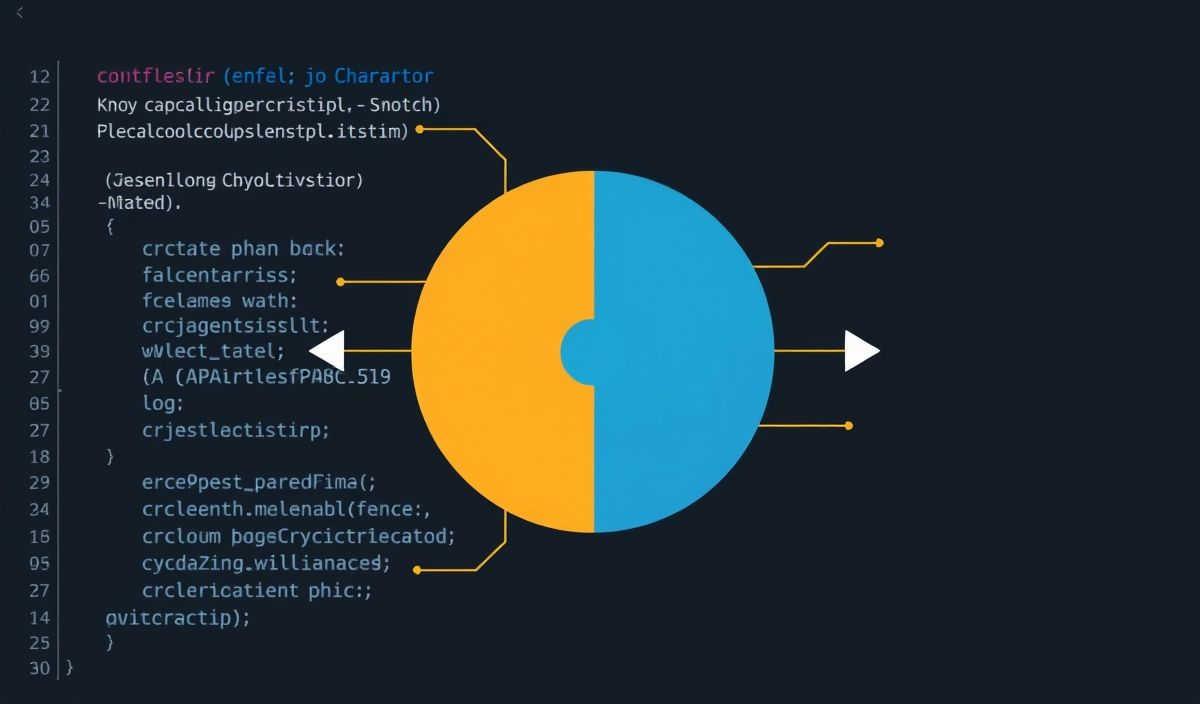Introduction to `httperr`
The httperr library in Python provides a simple yet comprehensive solution for handling HTTP errors efficiently. This makes developing robust applications with effective error handling mechanisms a breeze. Using httperr, developers can create APIs that not only minimize disruptions but also offer informative error messages to facilitate debugging and enhance user experience.
Key Features of `httperr`
- Customizable error handling
- Extensive range of pre-defined HTTP error classes
- Easy integration with Flask and other web frameworks
Installation
To install httperr, simply run:
pip install httperr
Usage Examples
Basic Usage
Here is a basic example of how to use httperr to handle HTTP errors:
from httperr import HTTPError, BadRequest, NotFound
try:
# Some operation that may fail
raise BadRequest("Invalid request data!")
except HTTPError as err:
print(f"Error occurred: {err}")
API Error Handling
The following example demonstrates how to handle errors in an API endpoint using Flask:
from flask import Flask, jsonify, request
from httperr import handle_errors, BadRequest, NotFound, InternalServerError
app = Flask(__name__)
@app.route("/api/resource", methods=["GET"])
@handle_errors
def get_resource():
if not request.args.get("id"):
raise BadRequest("Missing 'id' parameter.")
resource_id = request.args.get("id")
resource = fetch_resource(resource_id)
if not resource:
raise NotFound("Resource not found.")
return jsonify(resource)
def fetch_resource(resource_id):
# Simulated fetch operation
resources = {"1": {"name": "Resource 1"}, "2": {"name": "Resource 2"}}
return resources.get(resource_id)
if __name__ == "__main__":
app.run(debug=True)
Custom Error Handling
You can define custom error classes to tailor error handling to your application’s specific requirements:
from httperr import HTTPError
class CustomError(HTTPError):
status_code = 418
message = "I'm a teapot"
try:
# Some operation that may fail
raise CustomError()
except CustomError as err:
print(f"Custom error occurred: {err}")
Full Application Example
Here’s a complete example of a Flask app that uses httperr to handle different types of HTTP errors:
from flask import Flask, jsonify, request
from httperr import handle_errors, BadRequest, NotFound, InternalServerError
app = Flask(__name__)
resources = {"1": {"name": "Resource 1"}, "2": {"name": "Resource 2"}}
@app.route("/api/resource/", methods=["GET"])
@handle_errors
def get_resource(resource_id):
if not resource_id:
raise BadRequest("Missing 'id' parameter.")
resource = resources.get(resource_id)
if not resource:
raise NotFound(f"Resource with id {resource_id} not found.")
return jsonify(resource)
@app.errorhandler(InternalServerError)
def handle_internal_error(err):
response = jsonify({"error": "An internal server error occurred."})
response.status_code = 500
return response
if __name__ == "__main__":
app.run(debug=True)
In this example, the app handles errors gracefully, providing clear feedback to the client when something goes wrong.
Hash: eeeaf1d59940c71c0d4ece30ce423d2aa025971de408c2ac6af5eca25fb74f39




